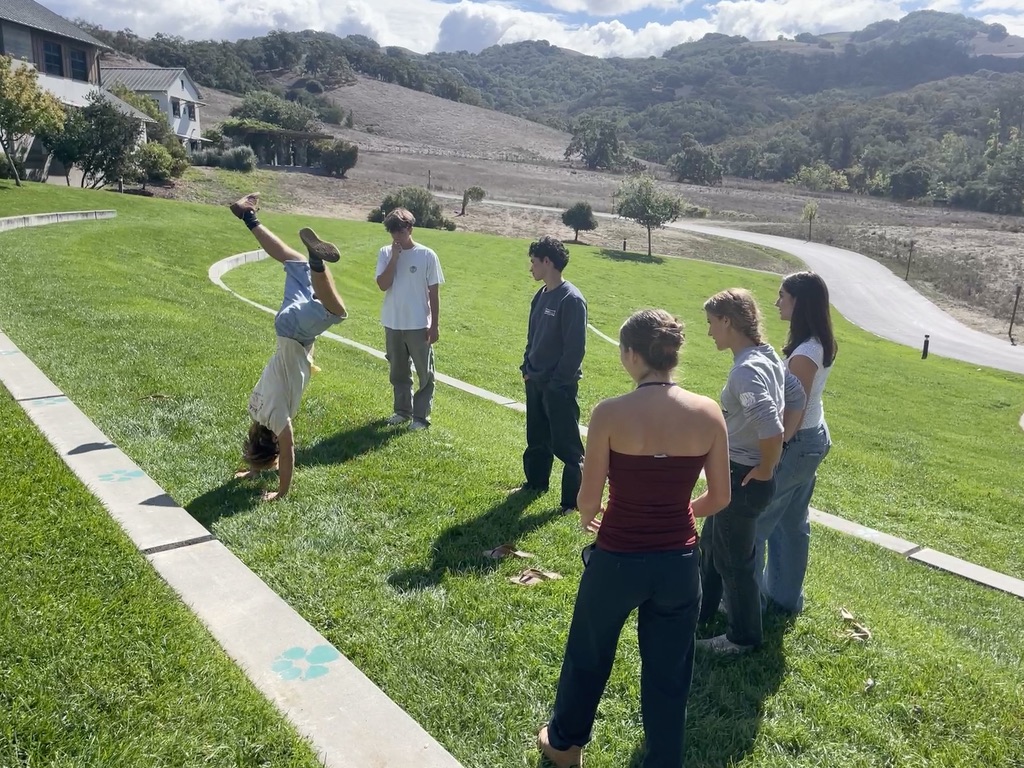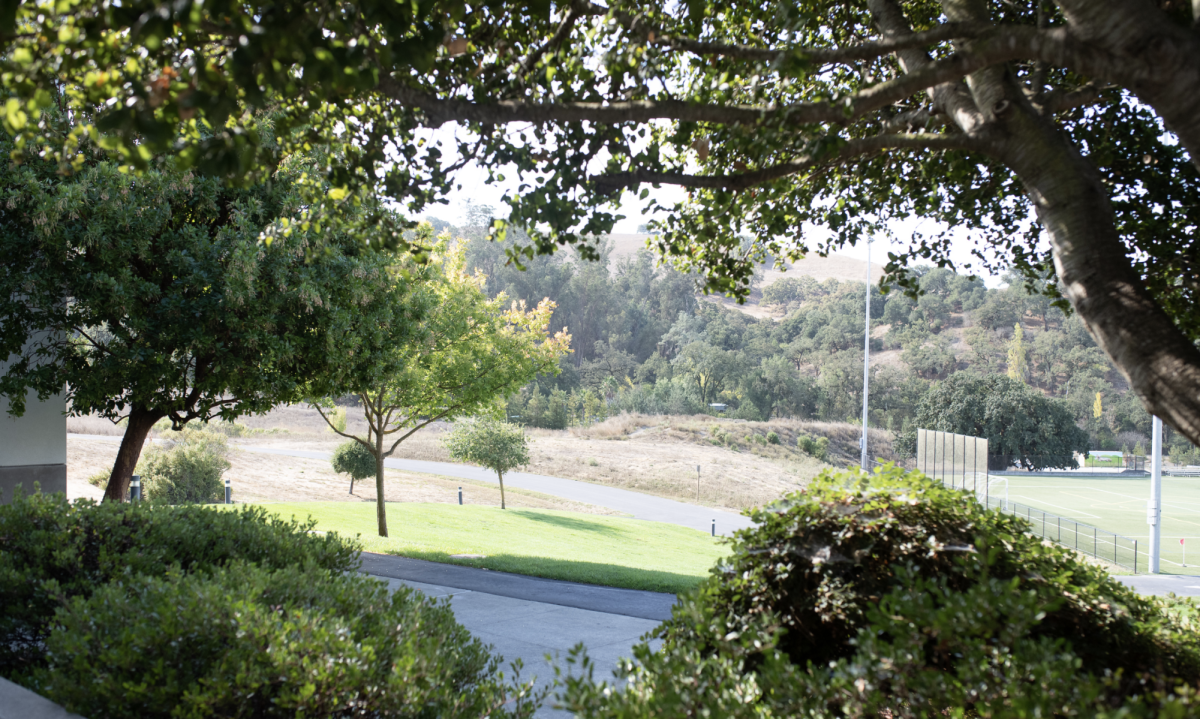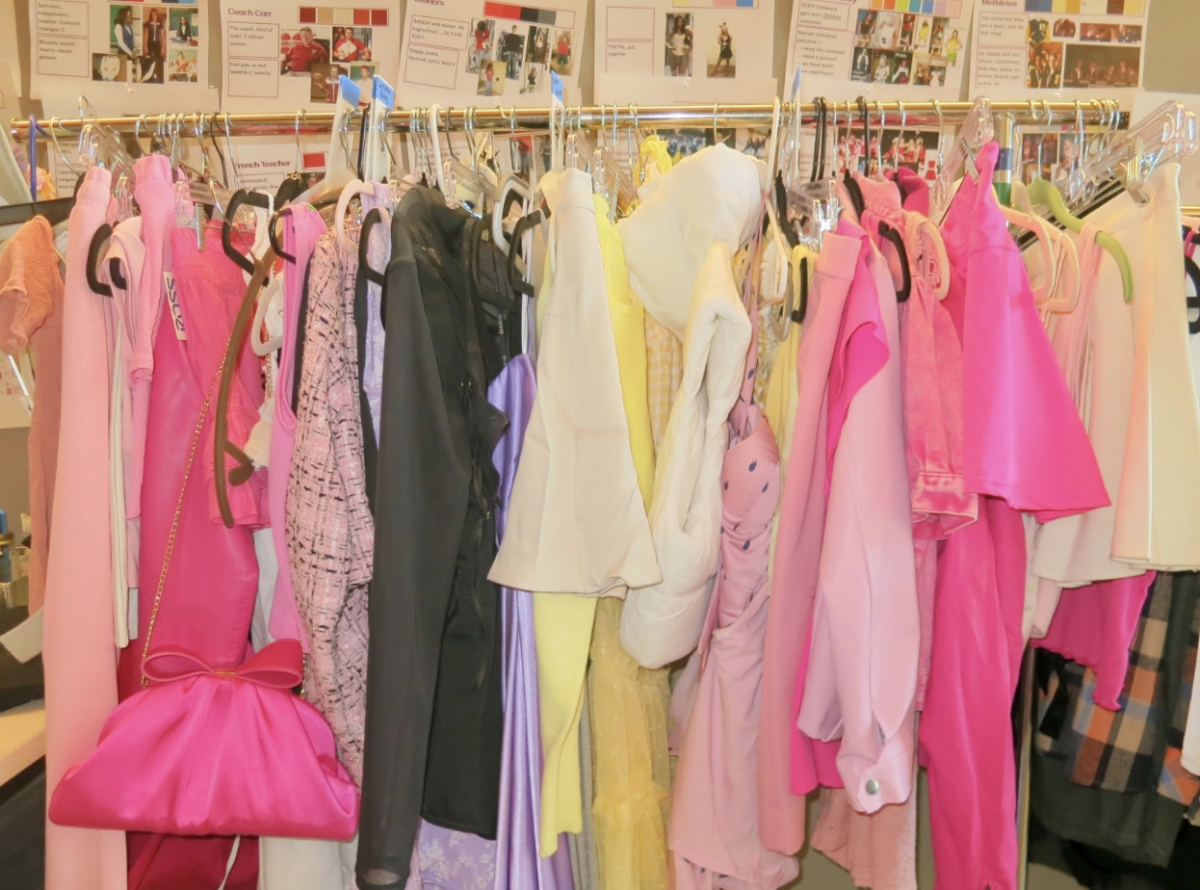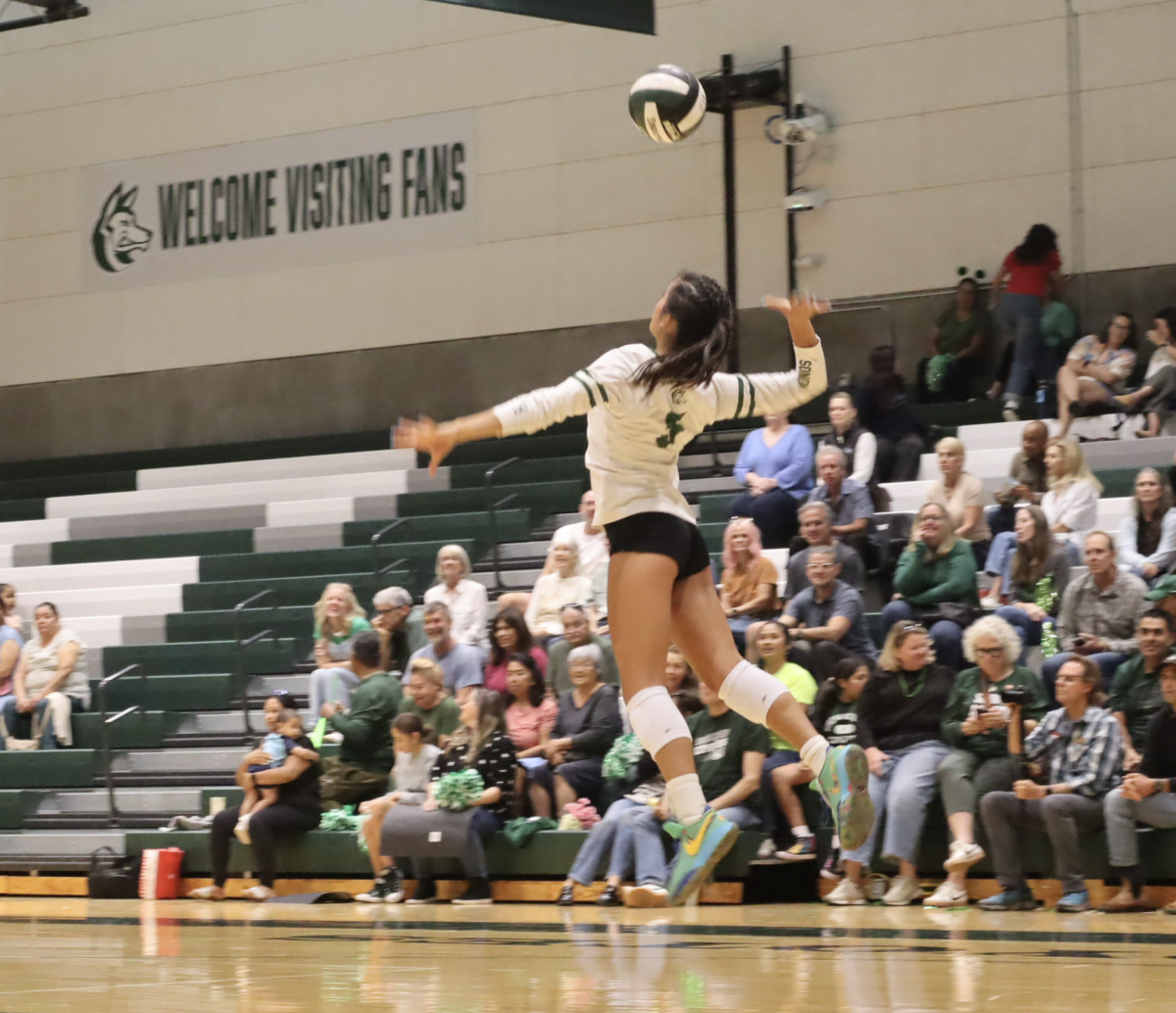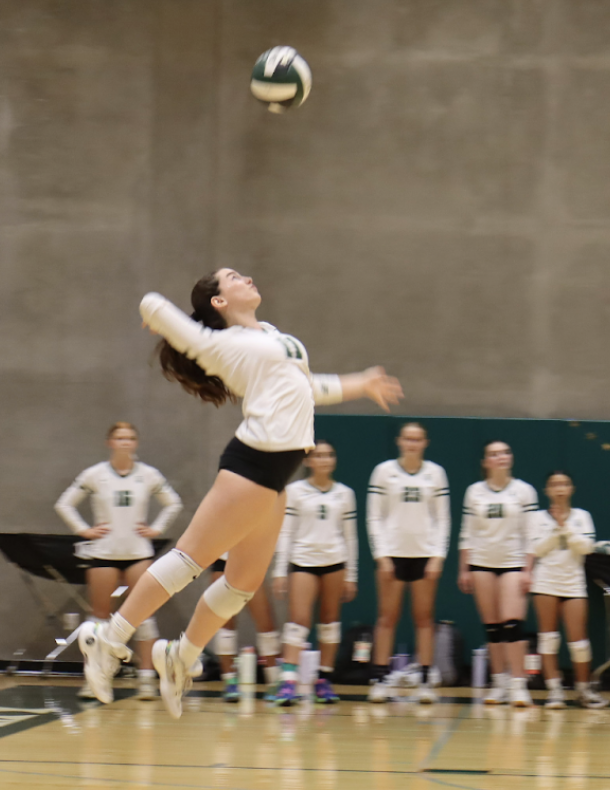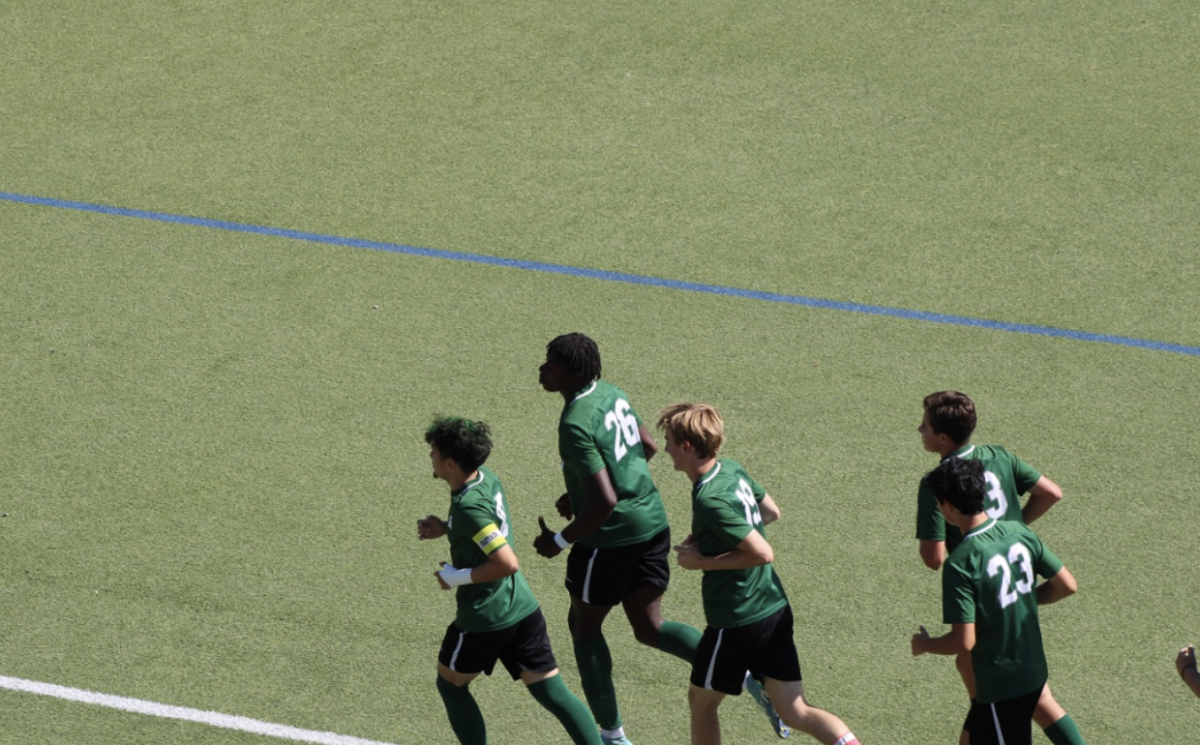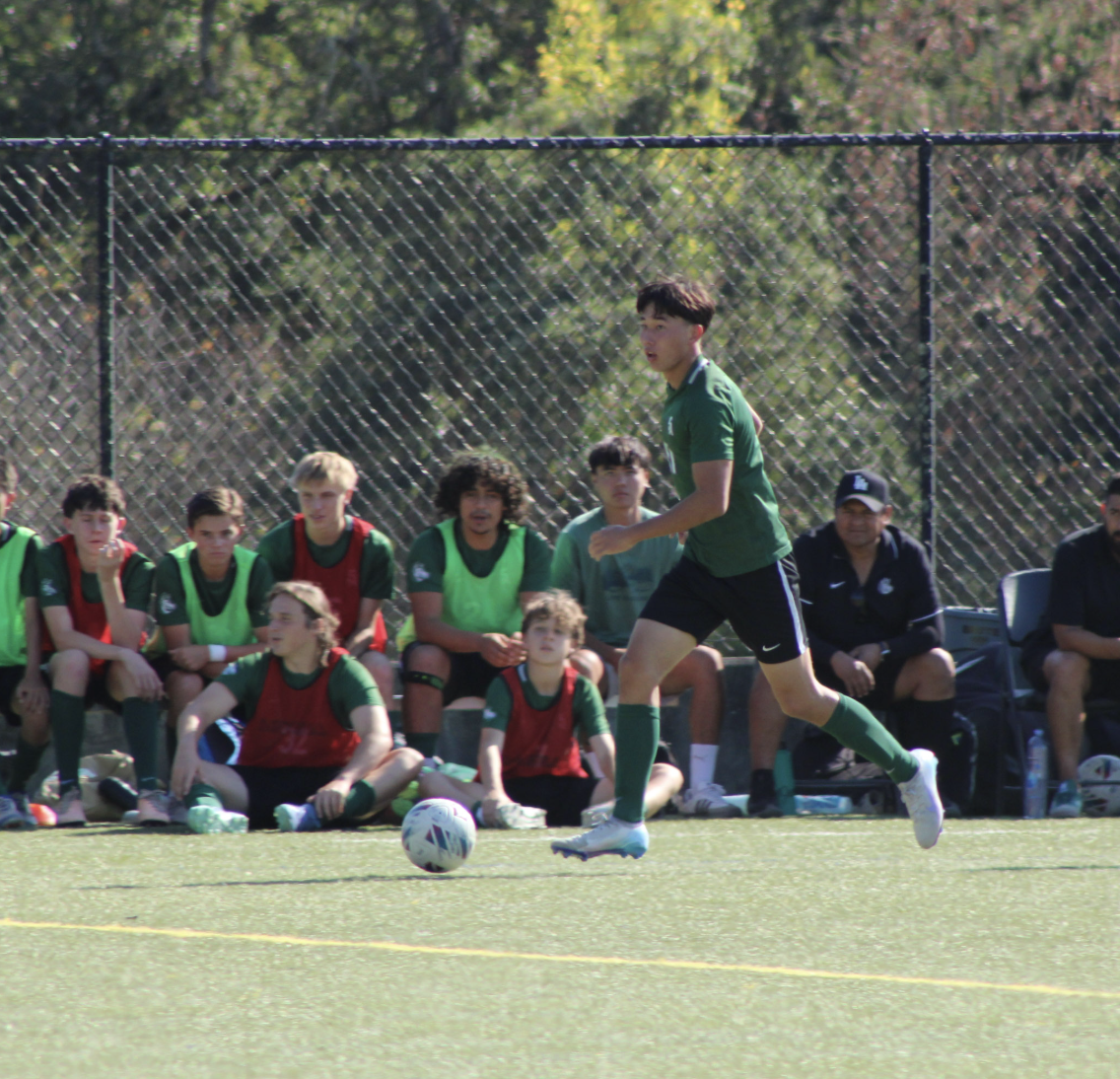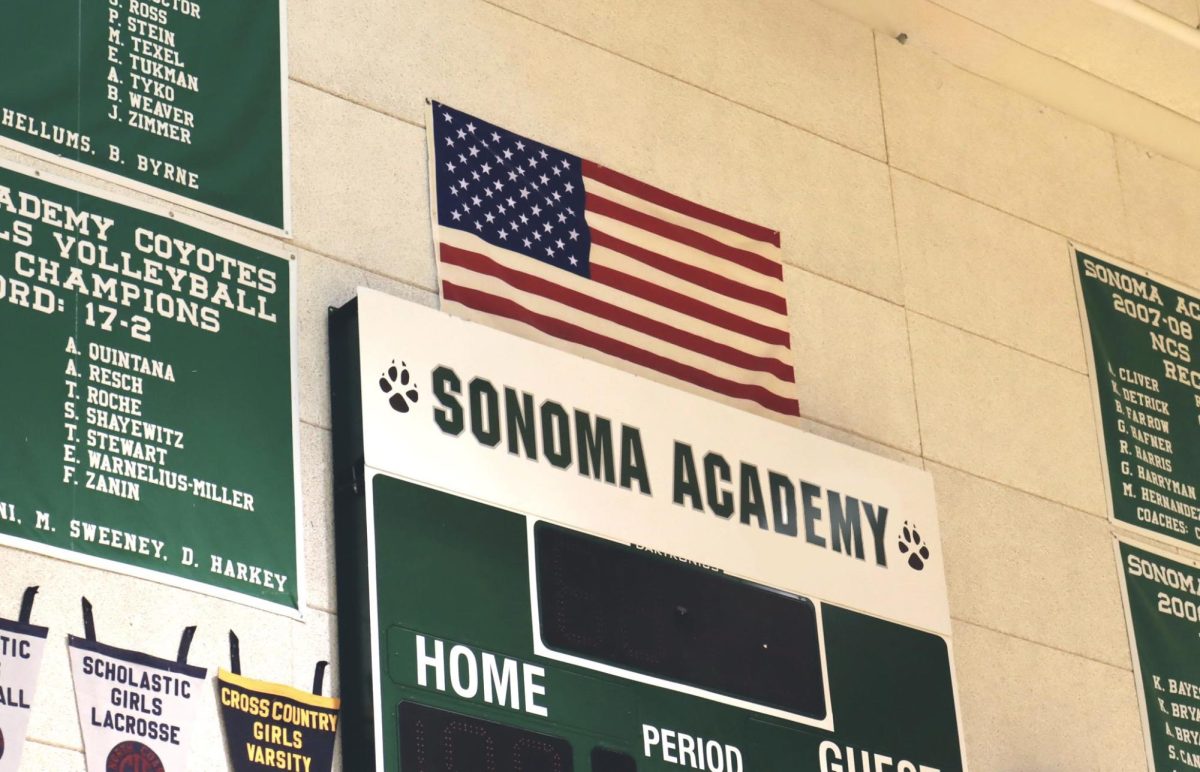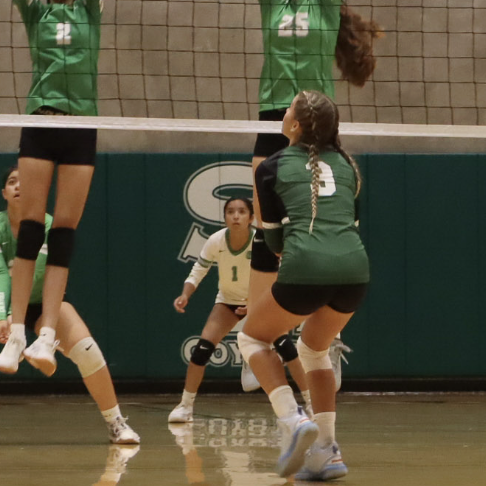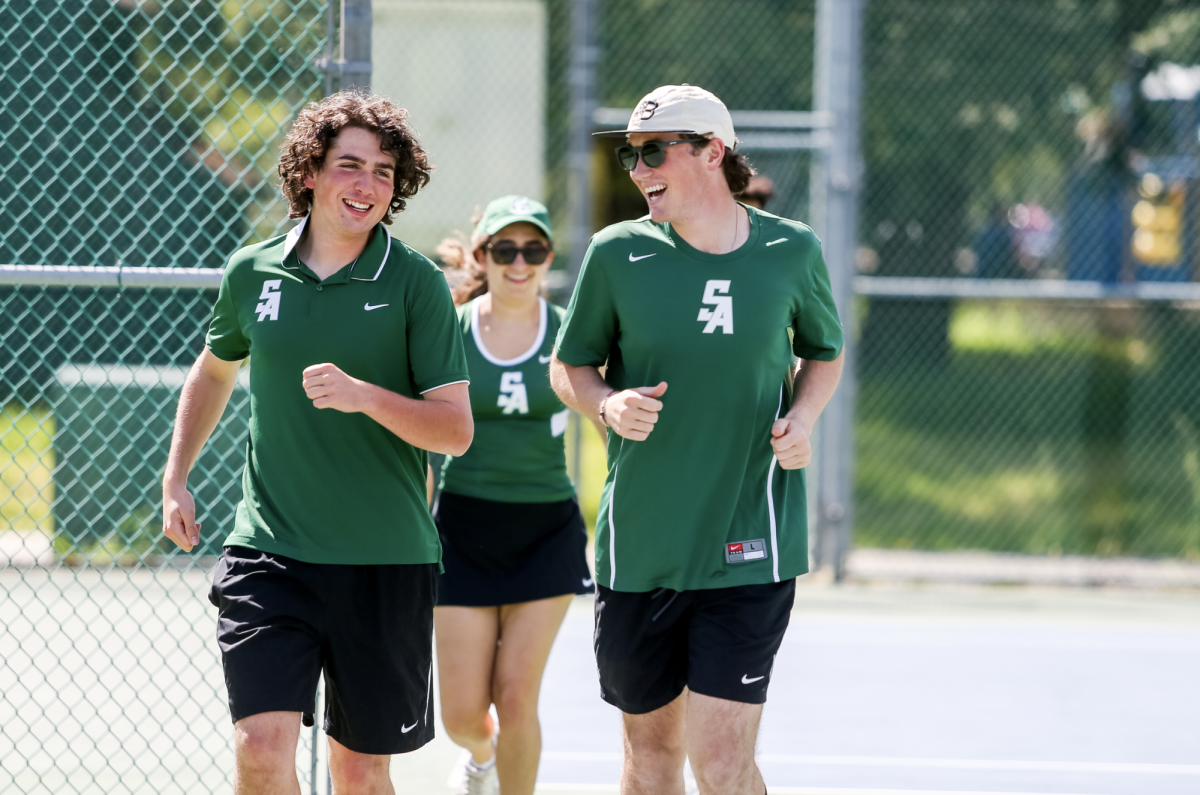School spirit is marked by the student body’s engagement with school culture. This includes participation in spirit days, involvement in social activities, and turnout at school events.
Sonoma Academy is not known for having an abundance of school spirit, and the opinion that the school is in need of more spirit is not uncommon. An obvious outlet for expressing school spirit is attending sports games, which also isn’t exactly SA’s strong suit.
Answering the question “does SA have school spirit?” Beau Leary (‘26) claims, “Generally we’re pretty pathetic.” Maddie Castro (‘26) had a similar response, saying, “I think we have okay school spirit but we need to work on it a lot.”
When asked at the Back the Pack, most students said they rarely go to other SA sports games. Unsurprisingly, the most common reason people gave for this is that they don’t have enough time, and if they do have time, they don’t always want to spend it at a game. As for why there is a lack of school spirit, people repeatedly pointed out the school’s size, as well as the fact that we are a commuter school.
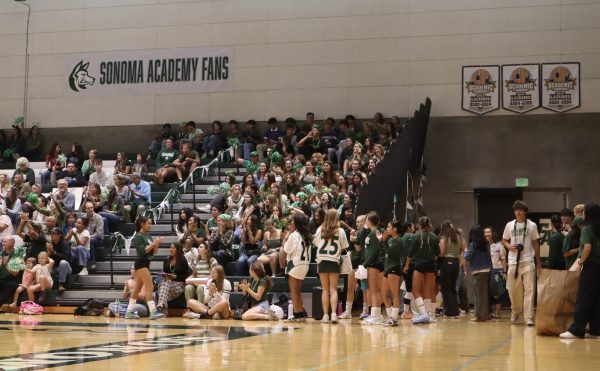
Molly McNeill (‘27) and Nevi Richard (‘27), the junior class representatives, gave similar answers when asked for the main factors of the absence of school spirit. McNeill believes that “there’s so few of us that it feels like there’s never any of us at anything,” but in reality everyone is “spread so thin” between classes and extracurriculars that it’s just difficult to get everyone at one event.
McNeill also points out that spirit weeks and school events can become overwhelming for students, and that it can feel like “there’s a lot of stuff packed into a certain period of time.”
Richard has another view of what causes poor school spirit, stating that the biggest factor is “Definitely the upperclassmen.” She believes that the upperclassmen should be “carrying school spirit and being leaders,” but this is not the case.
Richard thinks that this lack of upperclassman school spirit contributes to the “herd mentality” surrounding school events. To her, as a school event gets closer, a “unanimous vibe” is established that dictates whether or not people want to go. Upperclassman opinions have a considerable impact on this “vibe,” so when upperclassman spirit is low the school’s spirit is low.
Regardless, the two do believe SA has school spirit. Richard says, “I think a lot of kids who go here really love it and can appreciate why it’s so special,” as well as “I think that the idea and effort is there.” They do, however, think that it needs to be improved, another view shared with the majority of students.
When asked if school spirit is important at Sonoma Academy, Richard said, “100%. Because otherwise, school is just a place that you’re going because you’re forced to go.” She also thinks it distances the community because “you’re going to lean into your friendships and your time that have nothing to do with school when you don’t feel like school’s a place that you have fun things to look forward to at.”
Richard also believes that school spirit is important because it affects how you look back on your time in high school. She says that school spirit “encapsulates the idea of a classic high school experience where you go to dances and games and have fun. And if there’s a lack of school spirit, then it just feels kind of dismal.”
McNeill and Richard’s overall goal for SLC this year is to “improve school spirit, for all the reasons we just talked about, it’s very important. And there’s no reason it shouldn’t be here. Yeah, we have a smaller school. Yeah, it’s a commuter school. But everyone who goes here knows that it’s a great school, so the spirit should be there. And it is. It just needs to be encouraged.”
Alexa Torres and Mikaela Resch are this year’s athletic coordinators, so they help with the variety of events SLC is responsible for. Their focus is of course sports, and as Resch said, “My main goal coming in was to get more recognition in athletes.”
This is the reason behind creating the Athlete of the Week, to create recognition and give people more awareness of what athletes accomplish. Torres said that “because our student body is so busy, we get lost in the activities we do and don’t really highlight the talent of different people, just because they do so much.”
They also pointed out that this is one of the reasons for low attendance. Resch explains that “One of the things we struggle with a lot is that we have so many things going on at SA that it really is hard to get everyone to be in one place,” so part of what her and Torres do as athletic coordinators is “trying to incentivise people when they’re free.”
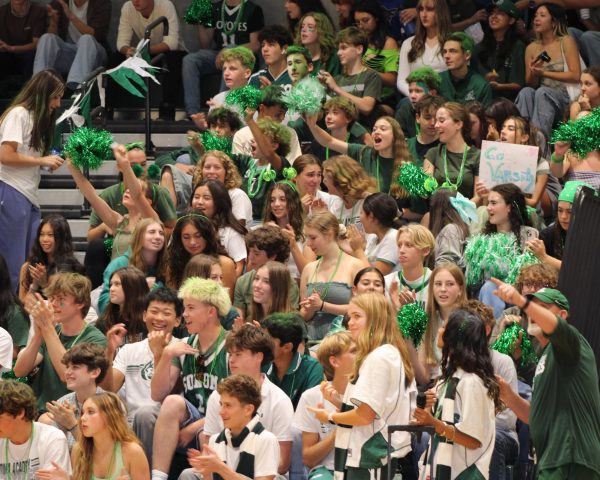
Another thing that affects attendance is if a sport is “watchable” or not. As Torres puts it, “Sports like soccer, volleyball, lacrosse, sports that are meant to be watched by people that have bleachers, that have specific centralized places of play, are the teams that get the most attendance.” She added that sports such as cross country, golf or tennis “don’t always get the love they should get.”
Many of the students that regularly attend games are also athletes. Torres and Resch explain this is an important part of playing a sport at SA. Torres says, “A big part of it is student athletes supporting other student athletes and I just want to build a bigger culture around students supporting student athletes as well. It shouldn’t just be athlete to athlete.”
Resch and Torres are also both athletes and are both on the varsity volleyball team. Talking about the difference between a big and small crowd at a game, Resch says, “It really is just all about the energy.” She went on to say that “if you have good energy, there’s energy on the court, there’s energy from the bench, and there’s energy from the crowd.”
This energy is what makes games like Back the Pack more exciting for both the crowd and the athletes. Resch’s favorite games out of the season are always Back the Pack and “packed semifinal games or playoff games where you go to away schools that have massive crowds. Even though they’re rooting against you it’s still so much fun.”
Resch also shared that even though a big crowd can make you nervous, having a small crowd is worse. Torres added that a big crowd creates a kind of “good pressure” that pushes you to play better.
Torres also agreed with the feeling of having good energy, and added that “the opposite of that is true. When there’s no one, the energy feels like it gets sucked out of the room. It gets so quiet and it almost makes you feel more watched than actually having a crowd there.”
Torres believes that supporting athletics is important because “athletics are a big part of any school, but especially being a smaller school where maybe school spirit is harder to come by, I think it’s important to, I don’t know, just really bring hype and awareness to all our wonderful student athletes.”
School spirit is how we show our pride, enthusiasm and care for our school. It displays and strengthens the sense of community found within the student body and adds another layer to the school’s culture. It’s also appreciating our school and expressing that appreciation. It’s giving our athletes recognition and showing up to support them. It’s being leaders and continuing traditions that strengthen student culture. It’s choosing to find time for the people, the community, and the experiences that define your time at Sonoma Academy.
